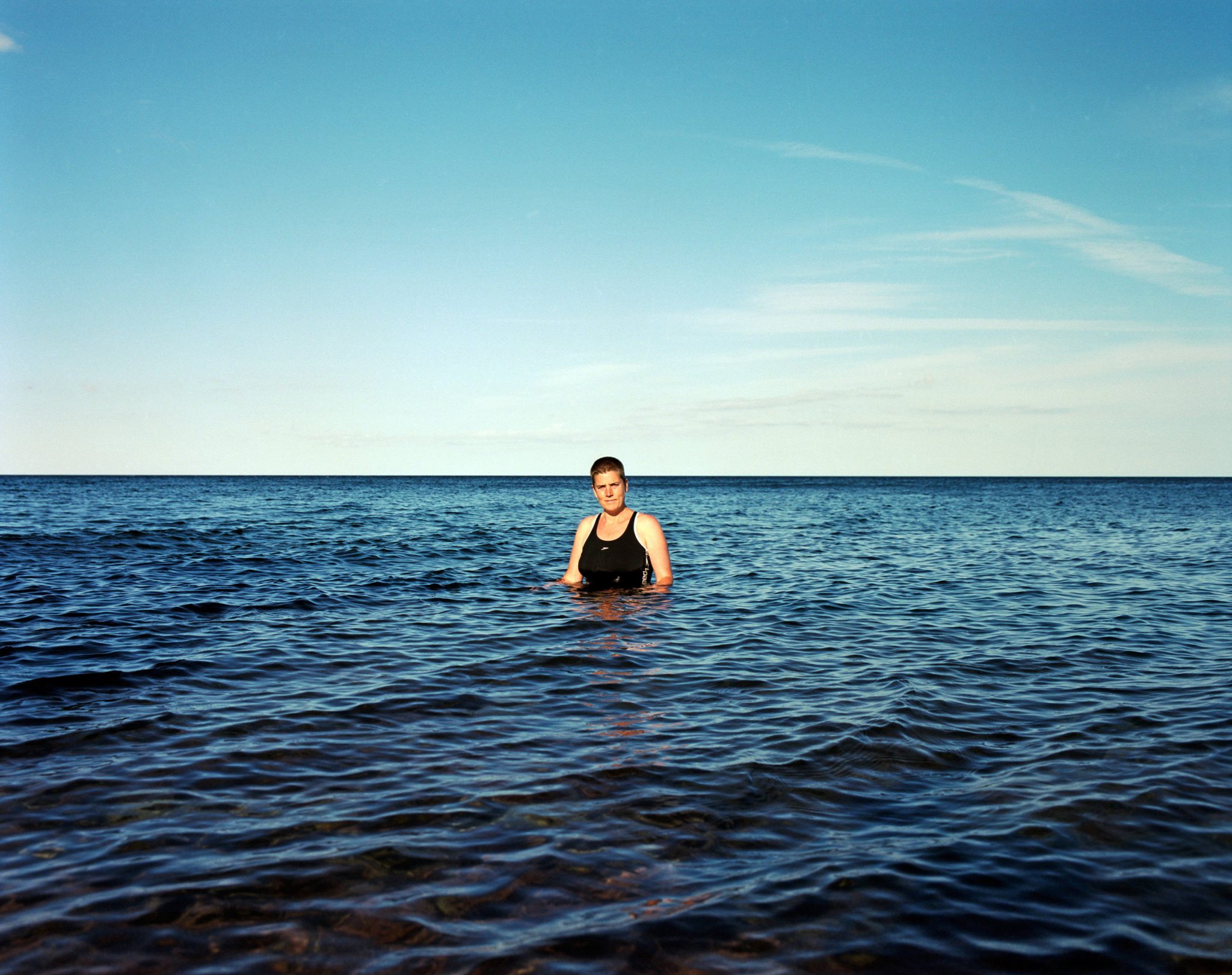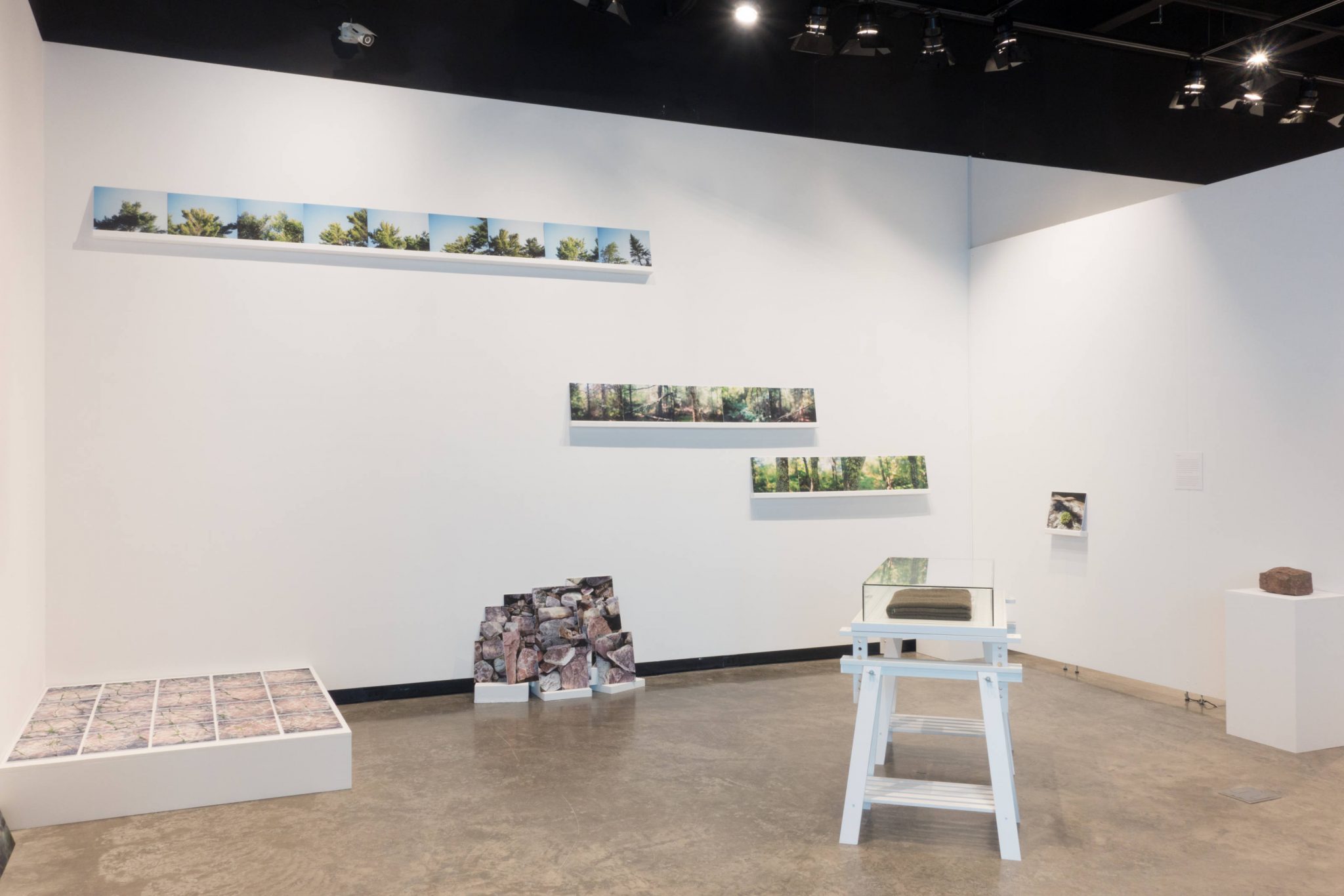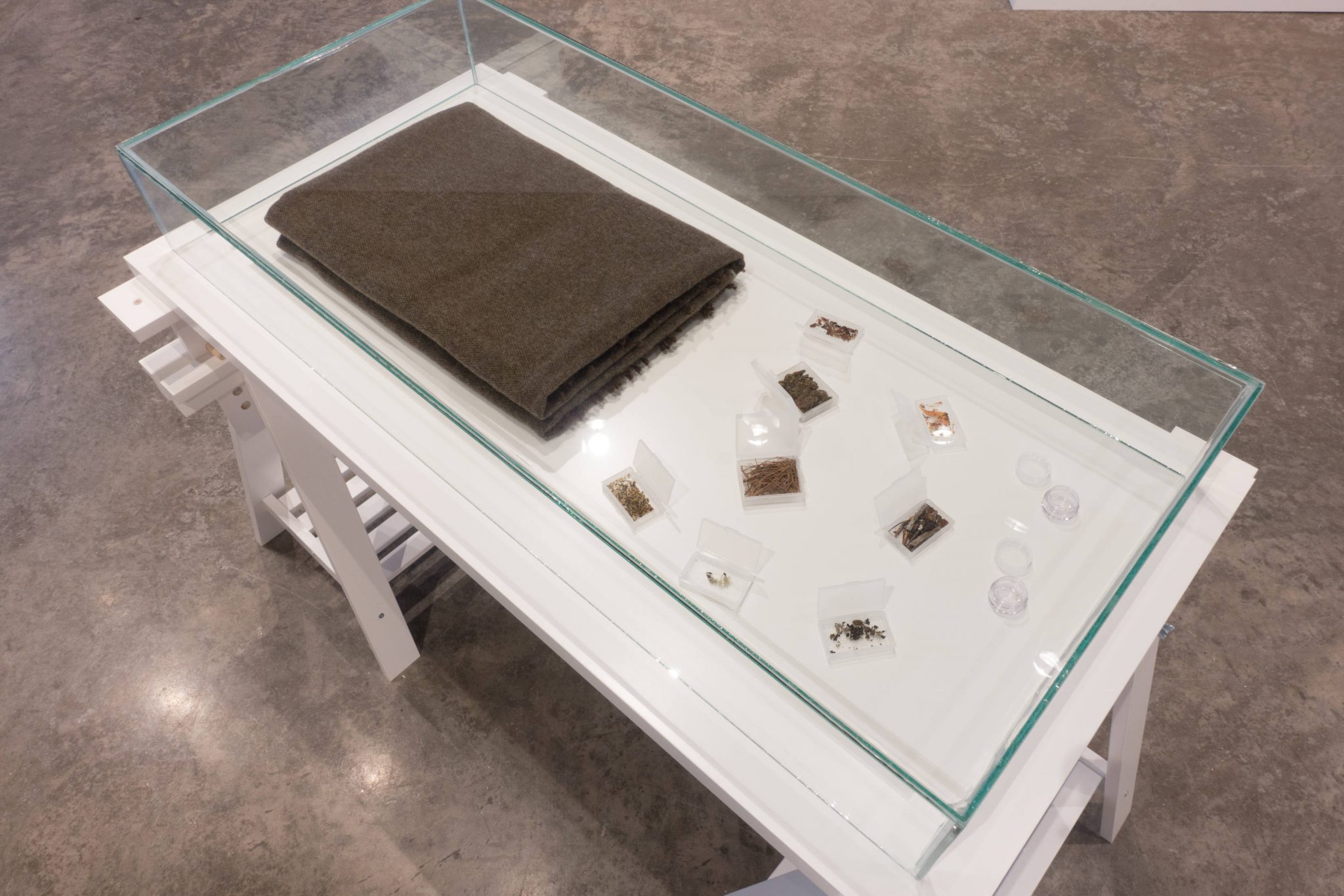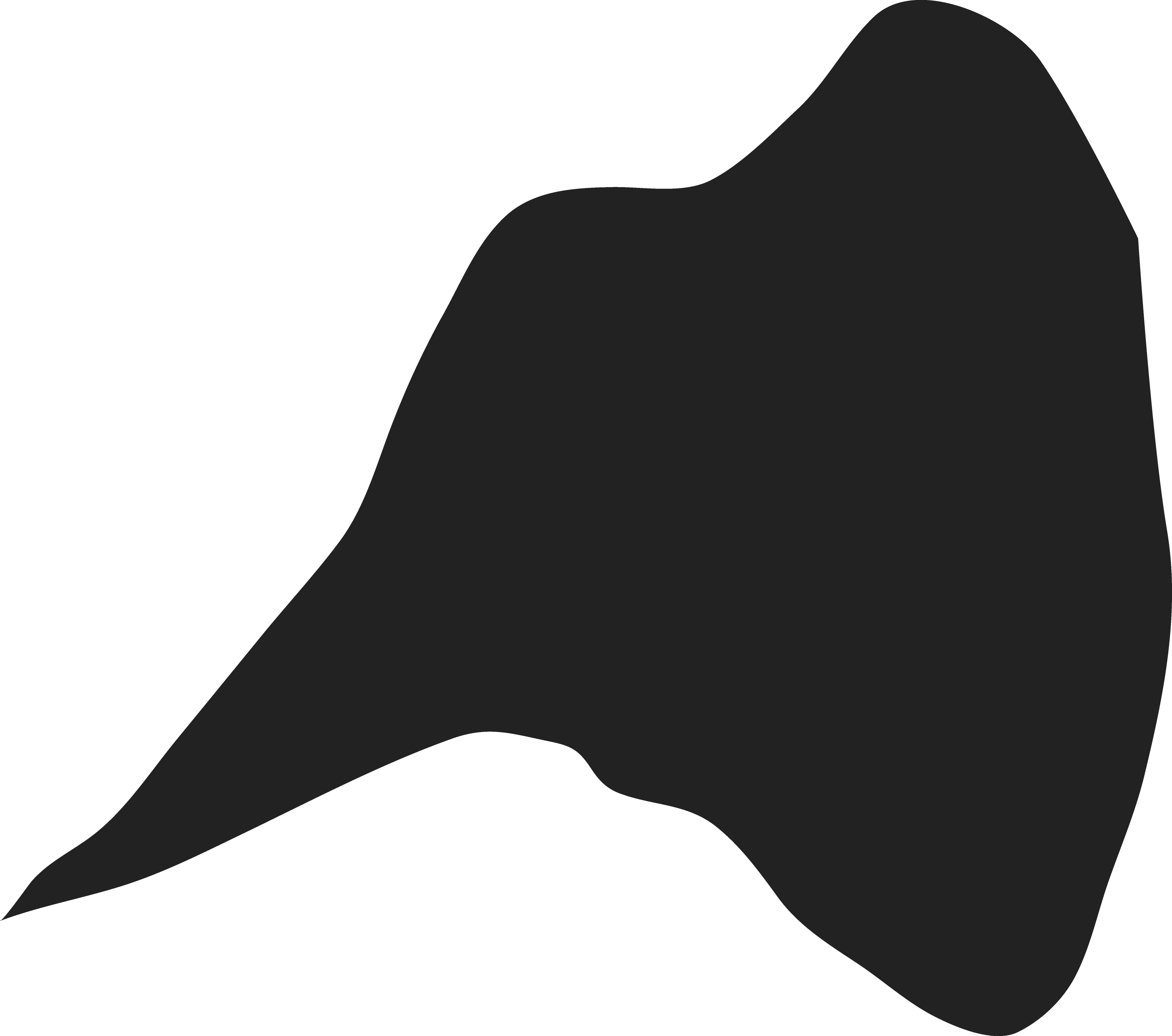It is not I, or others, who make the pathway – it is the composition of the earth and its matter responding to my journey, and those who went before and follow after. Leaves are crushed, moss squashed and twigs broken – all signs of passage – without the qualities of these materials that yield under my weight I would go unnoticed. I find the path of least resistance in the water, a body like mine, supporting my actions as I reach around the island with the swell, carried with the snakes and fish and circling eagle. I notice I have travelled by arriving somewhere else – to go back is to go forward again.
It is the environment that records my actions – both in a pathway and rise in water temperature – my impact causes materials already present to change. In a million years, we won’t be here to notice the natural order thrive in our absence. I am optimistic for another earth, an earth that recreates a balanced ecology – a life system with no name, no reference, and a process that does not recognise knowledge. It is the correspondence between things that will endure.
Swimming against the tide in Lake Superior, I’m thinking – as I cross by foot to the other side of the island – where is the wilderness I proposed to explore? I return to camp to watch the mainland four miles away. At the water’s edge I follow the rock underfoot, underwater, surfacing again to sandstone; and the water disappears to reveal the bedrock of the lake and leaves me standing on the flattened summit of a small peak. The real wilderness lies below the surface of the water, deep under the skin of the lake inside me – where my concern is shared with every breathing body.
“Embracing change
precarity becomes
terrain
and matter
of consequence
to work with
a field
where we are
held together
not as one
but fluid
loose material
forming encounter
in uncertain movement
with resistance and agility.”
The value of landscapes lies not in what we can take from them but what they have to give to us; in pristine and remote landscapes, we are our pristine and remote selves – we are not separate from nature, we are nature.
Rabbit Island, ‘itself an unsettled and undivided space’, provides an opportunity to investigate new geographic methodologies and artistic taxonomies. From the unique wilderness environment, I will consider how a remote landform could create meaning for a post-contemporary cultural imagination. Can an artist-led expedition discover new routes that establish the emotional significance of wilderness? What narratives can contemporary art practice add to a remapping of landscape?
[While in residence] a series of fieldwork surveys, written observations and photographic data gathered from the island will be used to compile an experimental guidebook. In using the format of a guidebook, I want to test how a poetic sensing of landscape can reimagine navigation, way finding and exploration. Can a book be a pathway? What are the emotional features of mapping? How can we move closer to landscape – can we be landscape?




